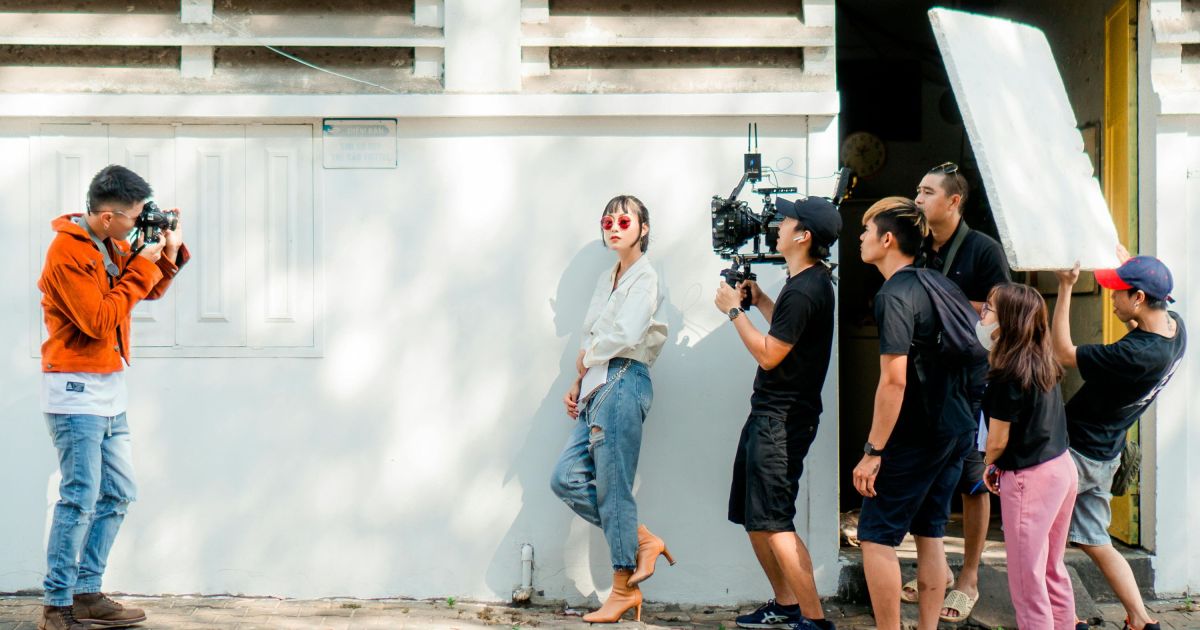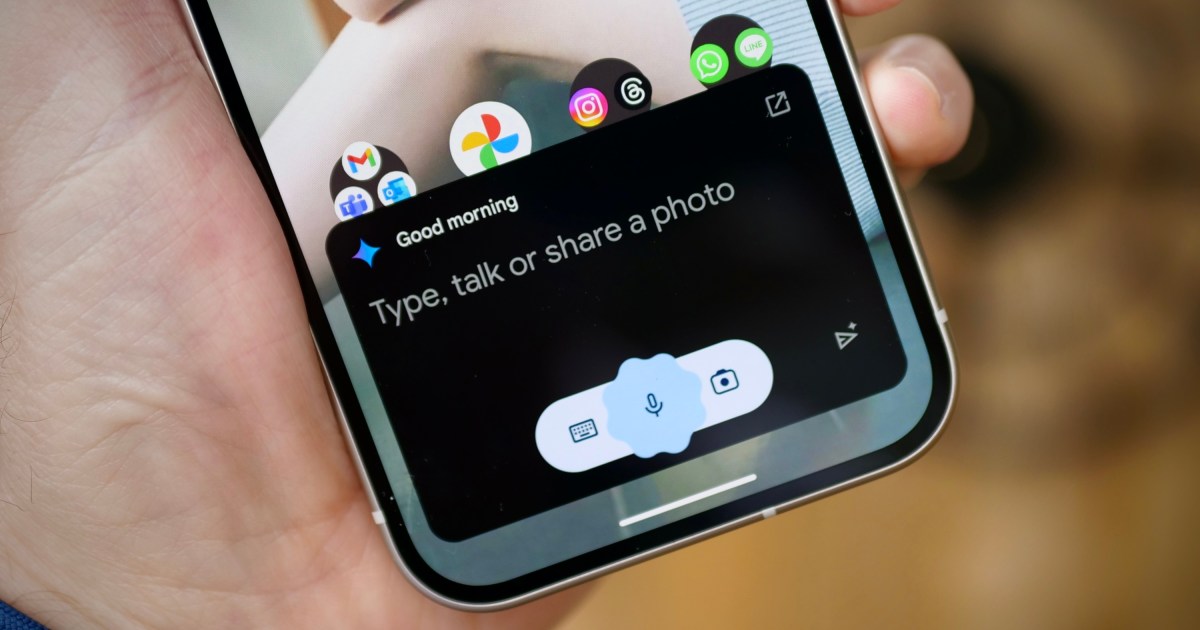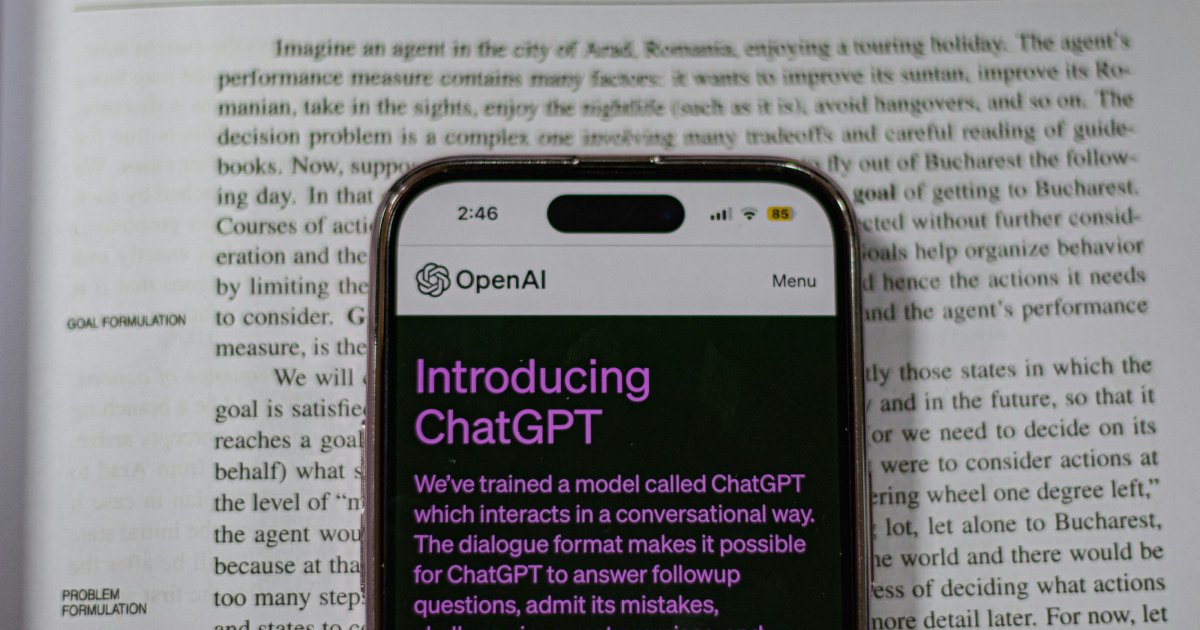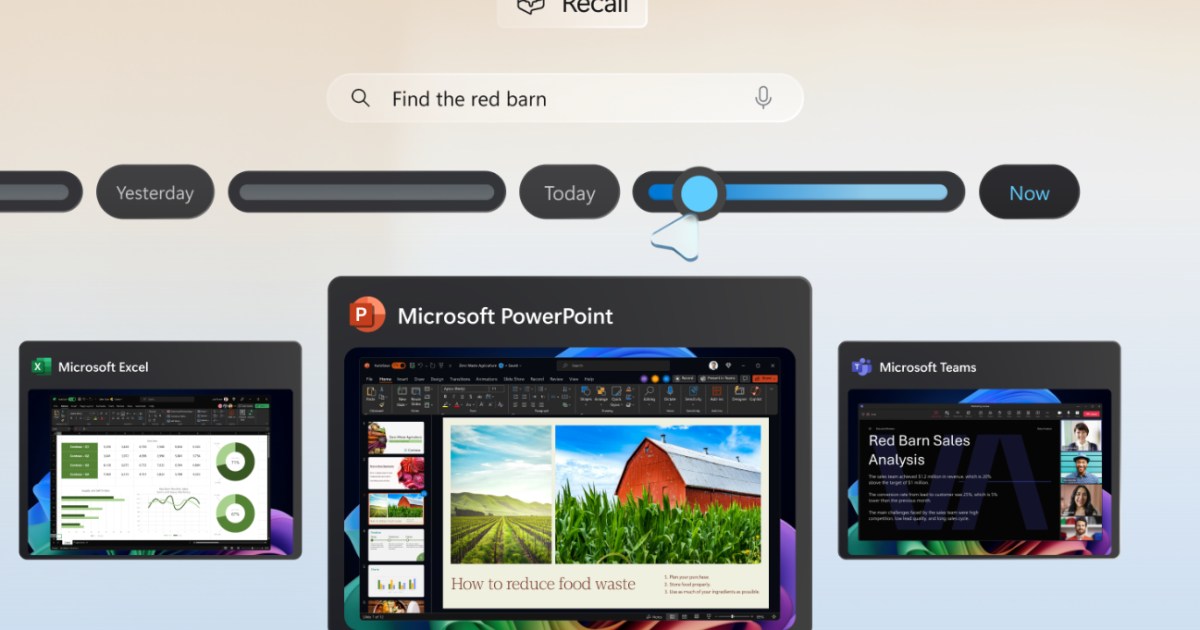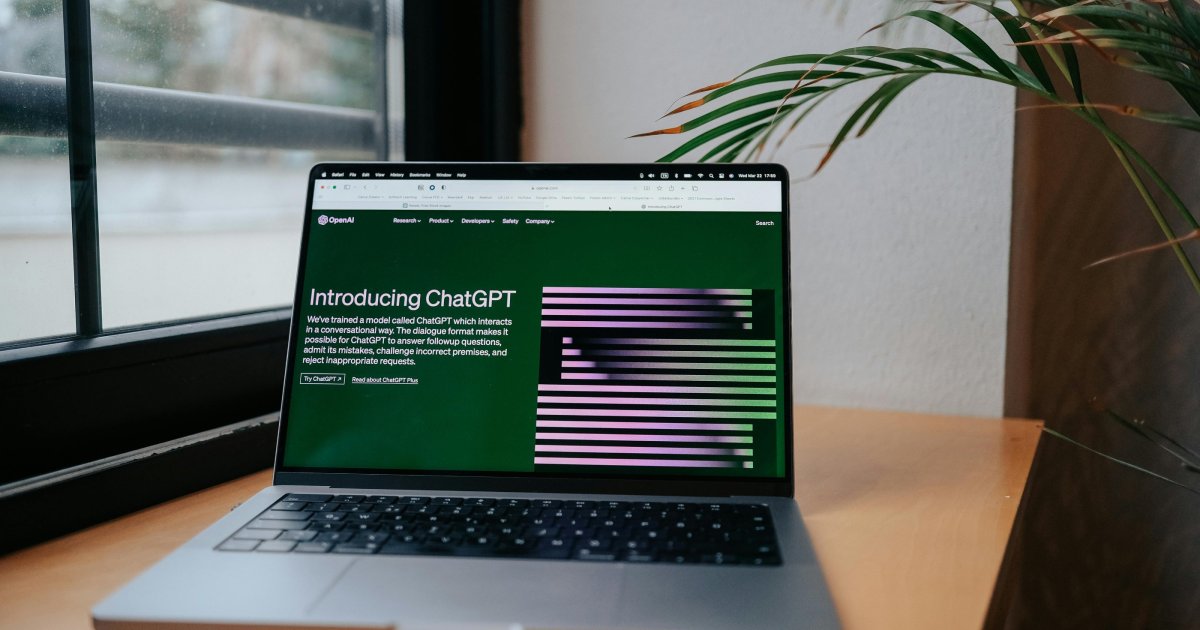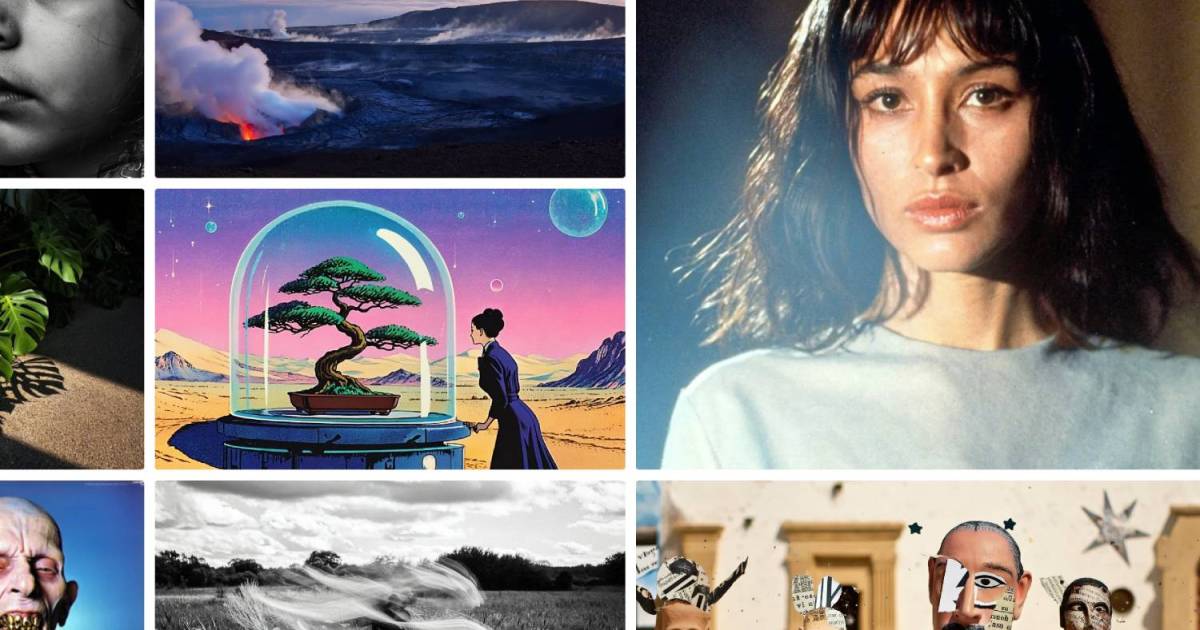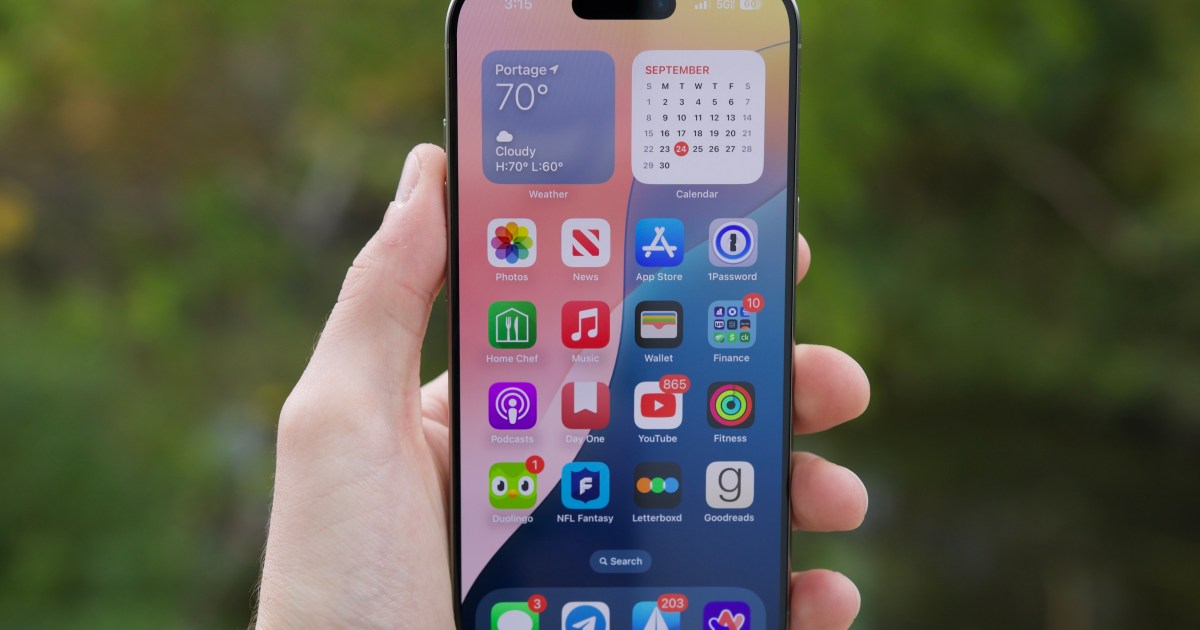Cutting-edge technology has always played a pivotal role in the evolution of filmmaking. From the advent of sound to the rise of IMAX, technological advancements have consistently pushed the boundaries of storytelling on the big screen. Today, artificial intelligence (AI) is emerging as a transformative force, reshaping the landscape of film production and offering unprecedented opportunities for aspiring filmmakers.
AI is rapidly integrating into various stages of filmmaking, from pre-production to post-production, democratizing the art form and lowering the barriers to entry. This article explores the diverse applications of AI in filmmaking, highlighting its potential to empower new voices in the industry.
AI’s Current Role in Filmmaking
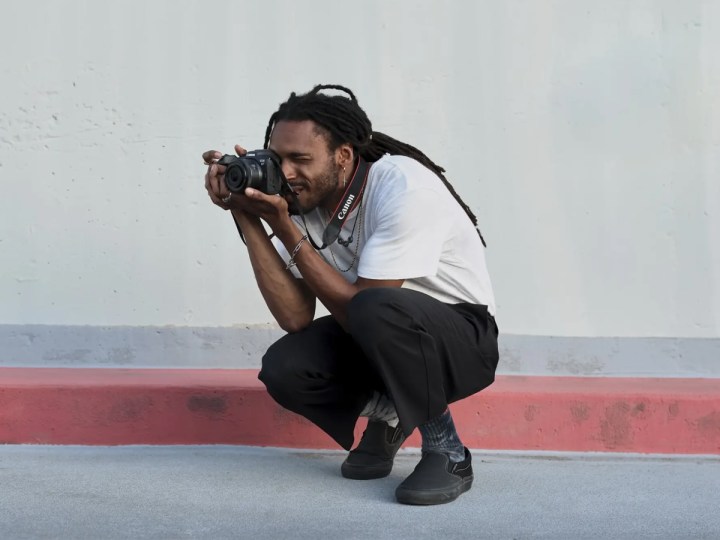
Even before the widespread adoption of tools like ChatGPT and Gemini, AI had already begun to influence filmmaking. Applications like Apple’s Final Cut Pro X and Adobe Premiere Pro utilize AI for tasks such as auto color balance, noise reduction, and dialogue enhancement, significantly streamlining post-production workflows. Tools like Axle AI provide advanced features like face recognition and scene detection, enabling filmmakers to efficiently manage and search through vast amounts of footage. Innovative editing software like Magisto leverages AI to analyze emotional cues and automatically assemble footage into cohesive narratives.
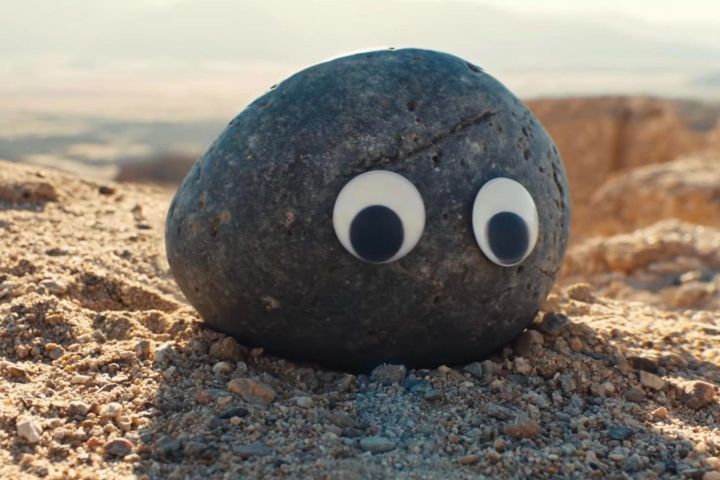
Generative AI tools like Runway have also gained prominence in visual effects and editing, simplifying complex processes such as color grading and 3D animation integration. Runway, notably used in the acclaimed film Everything Everywhere All at Once, significantly expedited the rotoscoping process, demonstrating the potential of AI to enhance creative workflows.
Maximizing AI for New Filmmakers
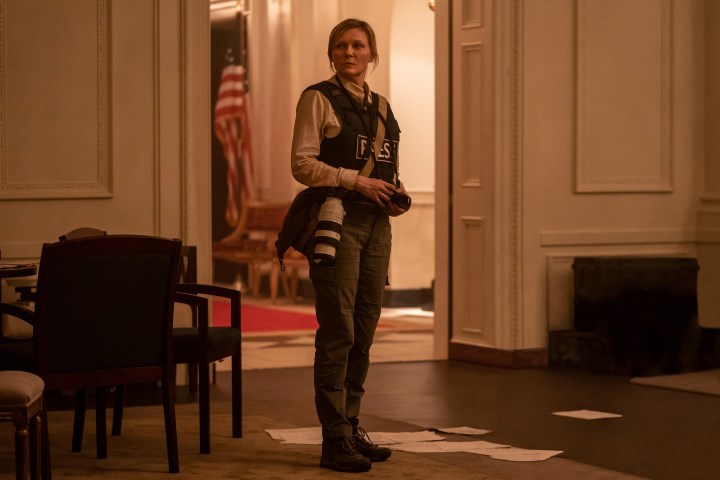
AI offers significant advantages for independent filmmakers, reducing the time and cost associated with producing high-quality films. AI tools can streamline tasks like editing, color grading, and footage organization, allowing filmmakers to focus on storytelling and creative vision. Platforms like Strada AI facilitate project planning and previsualization, enabling remote collaboration and efficient file management.
AI-powered camera systems are also revolutionizing cinematography. DJI’s AI-integrated autofocus system, utilized in Alex Garland’s Civil War, exemplifies the potential of AI to enhance camera performance and capture professional-grade footage.
The Future of AI in Filmmaking
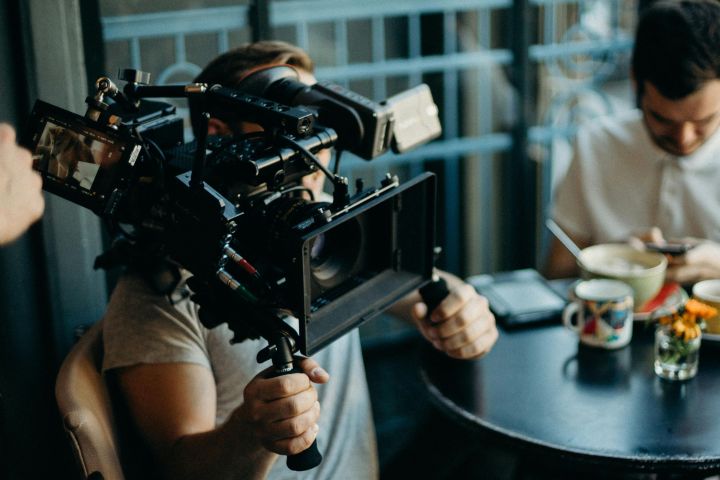
The future of filmmaking holds immense potential for AI integration. Advanced tools like Twelve Labs are developing algorithms that go beyond basic scene recognition, enabling filmmakers to search footage based on complex criteria such as emotional tone and narrative context. Luma AI offers innovative solutions for virtual location scouting, allowing filmmakers to create 3D models of locations using smartphones, facilitating remote collaboration and pre-production planning.
In the realm of 3D animation and VFX, AI is poised to automate complex processes, reducing manual workload and enhancing visual realism. AI-integrated cameras are expected to become increasingly sophisticated, autonomously adjusting camera parameters based on scene dynamics. Emerging technologies like the CMR M-1, an AI-powered movie camera currently in development, promise to further transform on-set workflows and creative possibilities.
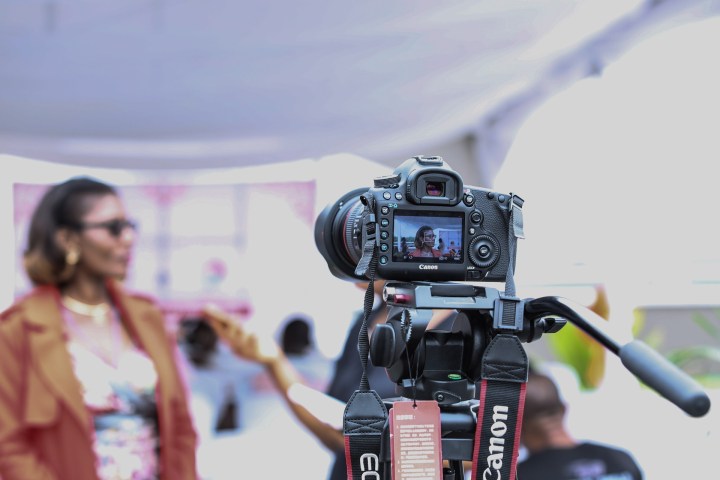
Ethical Considerations and Responsible AI Usage
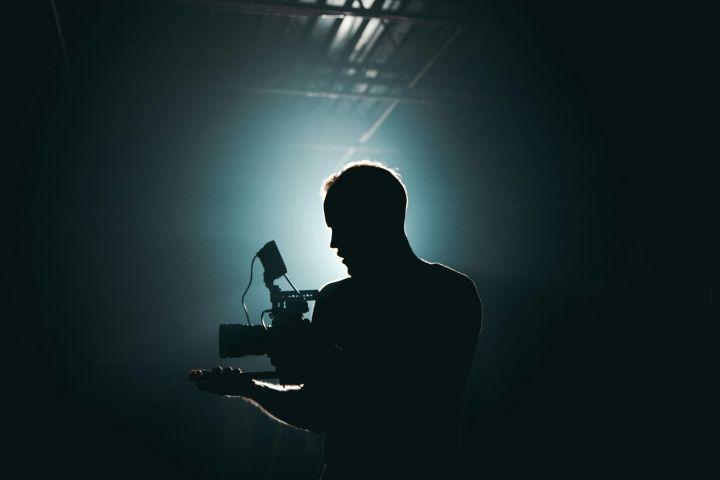
The advancements in AI also raise ethical concerns that must be addressed. Job displacement within the creative industry is a significant concern, particularly as AI assumes tasks traditionally performed by human professionals. The potential for homogenized creativity, plagiarism, and intellectual property disputes requires careful consideration. Bias in algorithms and lack of transparency in AI models also warrant further investigation.
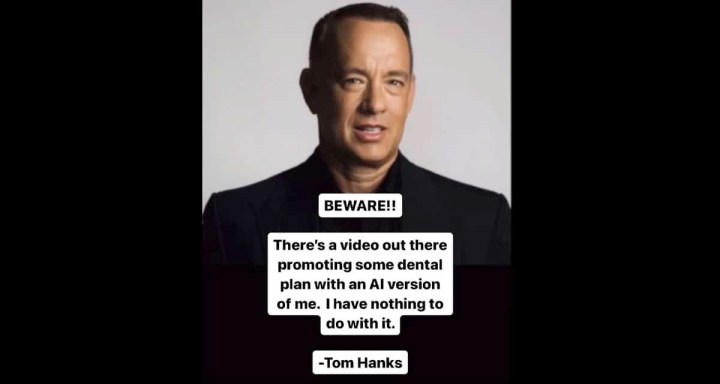

New filmmakers have a crucial role in shaping the responsible integration of AI in filmmaking. By prioritizing ethical considerations and using AI as a tool to enhance, rather than replace, human creativity, they can contribute to a future where AI empowers diverse voices and fosters innovation in cinema.



